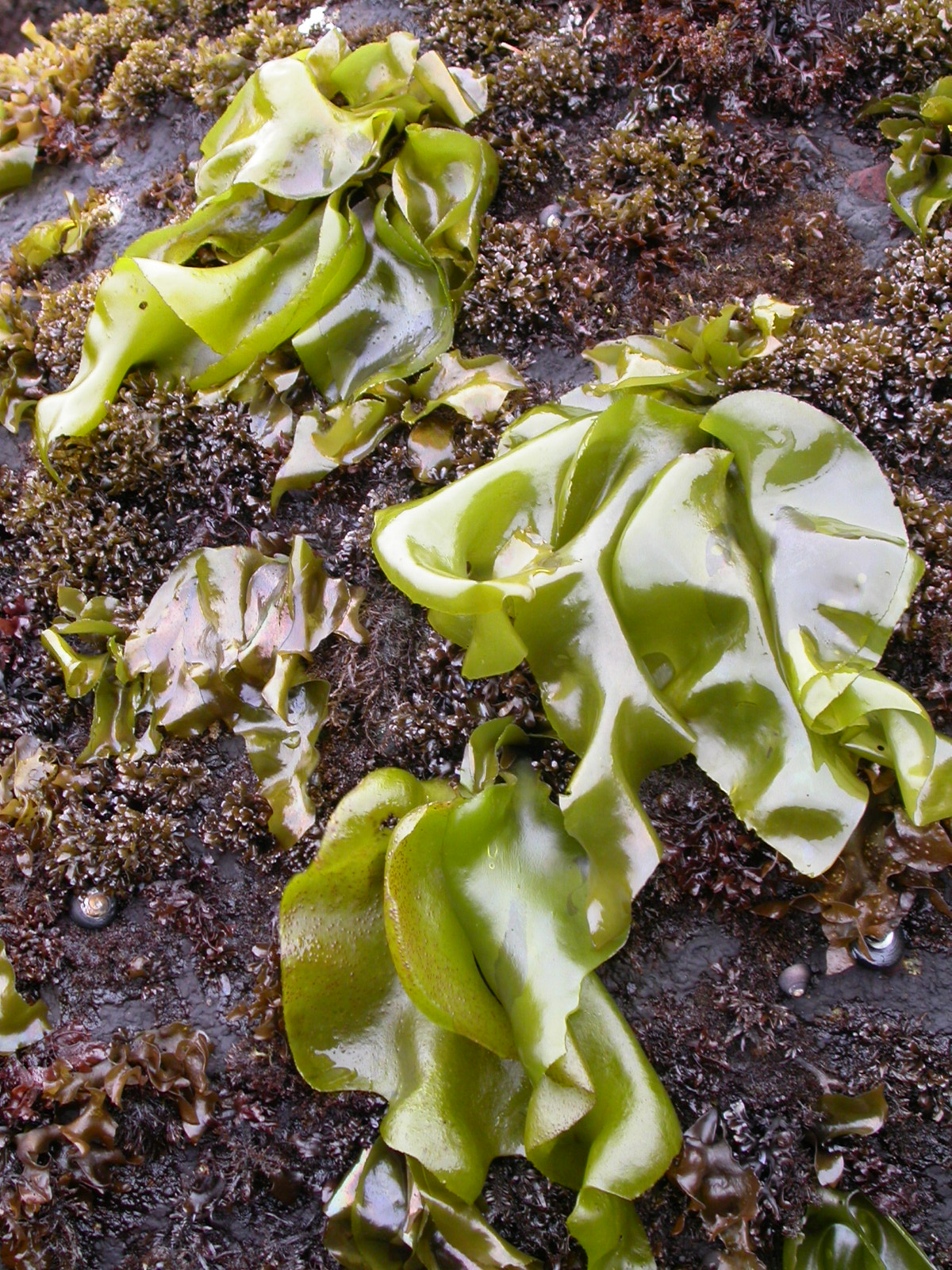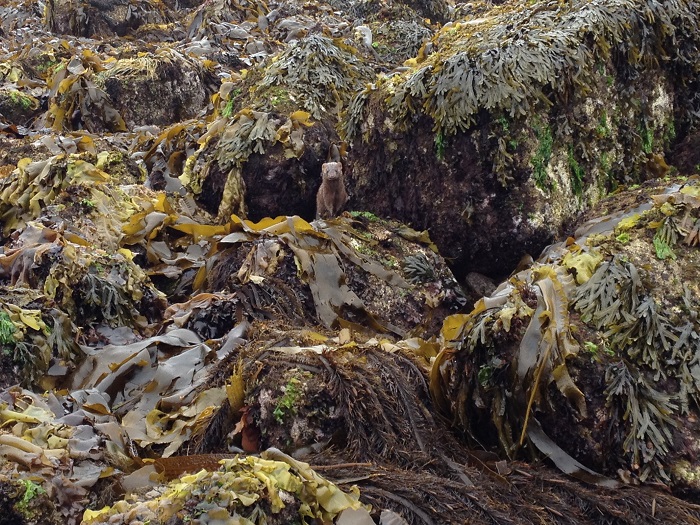| Picture | Title | Description |
|---|---|---|
 |
Exploring cell wall structure and function with seed coat mucilage |
Article by George Haughn The primary plant cell wall of land plants is an essential cellular structure needed for support, cell-cell adhesion, signaling and interaction with both the biotic and abiotic environment. It is composed of a complex, dynamic extracellular matrix consisting of a network of carbohydrate polymers (cellulose, hemicellulose and, pectin) and structural proteins. Wall… |
 |
Biomechanical consequences of branching in flexible, wave-swept macroalgae |
Article by Samuel Starko and Patrick Martone What physical factors influence the morphological variation of plants? How do different morphologies coexist, if they perform similar ecological roles? Marine, non-vascular plants (seaweeds) live in some of the most physically stressful habitats on the planet: wave-swept rocky shores. Seaweeds are constantly bombarded with powerful waves that can rip… |
 |
Seaweed Diversity on Calvert Island, British Columbia |
Article by Katy Hind, Sandra Lindstrom, and Patrick Martone It is estimated that we have described only 10-20% of species diversity on Earth. In particular, floristic surveys using modern molecular techniques have revealed that we are vastly underestimating the number of seaweed species. This finding has implications for researchers using classical methods of identification and is likely… |
 |
How do plants make exceptionally long lipids for their cuticles? |
Article by Tegan Haslam (Kunst Lab) The transition of plants to life on land required many adaptations for survival in an environment so radically different from the sea. Perhaps the most challenging aspect of terrestrial life is the necessity of retaining water, which makes up more than 70% of most non-woody plant parts. Plants have… |
 |
Update on plant sex: breakthrough discovery in poplars |
Article by Carl Douglas Do plants have different sexes, meaning distinct male and female individual organisms within a species? The separation of male and female sexual function into different individuals is called “dioecy” and is common in eukaryotes, occurring in 94% of animals. Yes – this occurs in plants but in contrast to animals it is… |






